heat 11 and partners set new standards in heat transfer oil research.
At heat 11, we are constantly striving to advance technological progress in the field of industrial process heat and heat transfer. In close collaboration with the German Aerospace Center (DLR) and renowned partners, we recently achieved a significant milestone that we would like to share with you today.
A breakthrough in heat transfer oil research: temperatures up to 470 degrees Celsius
The Mobile Heat Transfer and Pump Test Stand (MOPUW) enables the demonstration and research of novel heat transfer fluids for solar power plants and industrial facilities on a pilot scale. In the completed first plant demonstration with silicone oil, the DLR, in collaboration with industrial partners, demonstrated the functionality of the entire system at temperatures of up to 470 degrees Celsius in continuous operation.
For this purpose, HELISOL®XLP, a newly developed silicone oil by WACKER Chemie AG, was filled into the MOPUW test stand and continuously pumped and heated into the system in combination with a Dickow pump from the NMX series.
According to the researchers and operational parameters, no other plant in the world can operate with thermal oil at such high temperatures. The industrial partners involved in the MOPUW test stand are pump manufacturer Dickow, plant builder heat 11, chemical company Wacker Chemie, and TÜV NORD.
Precise monitoring of process parameters by the DLR
To determine the temperature resistance of the oil, researchers from the Institute of Future Fuels operated the test stand for 3,000 hours at 450 degrees Celsius, another 1,000 hours at 460 degrees Celsius, and finally 1,000 hours at the peak temperature of 470 degrees Celsius. During the test run, they regularly took samples of the silicone oil and examined how many decomposition products had formed. In addition, Wacker was able to determine the chemical aging of the oil based on its intermolecular crosslinking.
At regular intervals, the pump, as the heart of the system, was examined by the DLR research team. The seals under particular stress and the smooth operation of the unit were meticulously tested. The tests confirmed Wacker Chemie’s new heat transfer oil in combination with Dickow’s pump as a temperature-resistant and therefore long-term reliable heat transfer system.
Due to the good test results, the researchers also consider higher operating temperatures of up to 480 degrees Celsius to be technically feasible. This lays an important foundation for future test series.
As a project partner for plant construction, heat 11 is excited about this progress and proud to contribute to this groundbreaking research. The success emphasizes heat 11’s passion for engaging in efficient, economical, and sustainable solutions in the field of industrial process heat.
Insight into the project: Interview with Niklas Köpper (Project Manager, heat 11) and Dr. Andreas Glück (Managing Director, heat 11)
What role did heat 11 play in this project?
Niklas Köpper: As an “associated partner,” we designed, constructed, built, and commissioned the entire test stand on behalf of Dickow.
What were the technical challenges in project execution?
Niklas Köpper: The biggest challenge lay in the construction, especially in dealing with the extreme pressure and temperature requirements.
What significance does this research have for the field of industrial process heat?
Andreas Glück: The main goal of the project partners was to demonstrate the applicability of HELISOL at temperatures above 400°C in CSP plants, especially with regard to “bankability.” Other industrial applications were not the focus, although the heating of plastic presses in the PEAK range (with a softening point just below 400°C) can still be considered.
Insight into the project: Interview with Niklas Köpper (Project Manager, heat 11) and Dr. Andreas Glück (Managing Director, heat 11)
What role did heat 11 play in this project?
Niklas Köpper: As an “associated partner,” we designed, constructed, built, and commissioned the entire test stand on behalf of Dickow.
What were the technical challenges in project execution?
Niklas Köpper: The biggest challenge lay in the construction, especially in dealing with the extreme pressure and temperature requirements.
What significance does this research have for the field of industrial process heat?
Andreas Glück: The main goal of the project partners was to demonstrate the applicability of HELISOL at temperatures above 400°C in CSP plants, especially with regard to “bankability.” Other industrial applications were not the focus, although the heating of plastic presses in the PEAK range (with a softening point just below 400°C) can still be considered.
Your experts for high-temperature applications
At heat 11, we are your competent partner when it comes to driving innovations in heat transfer and storage technologies. We look forward to shaping the future of industrial process heat together with you. Feel free to contact us for more information.
Image source: German Aerospace Center e.V. (DLR)



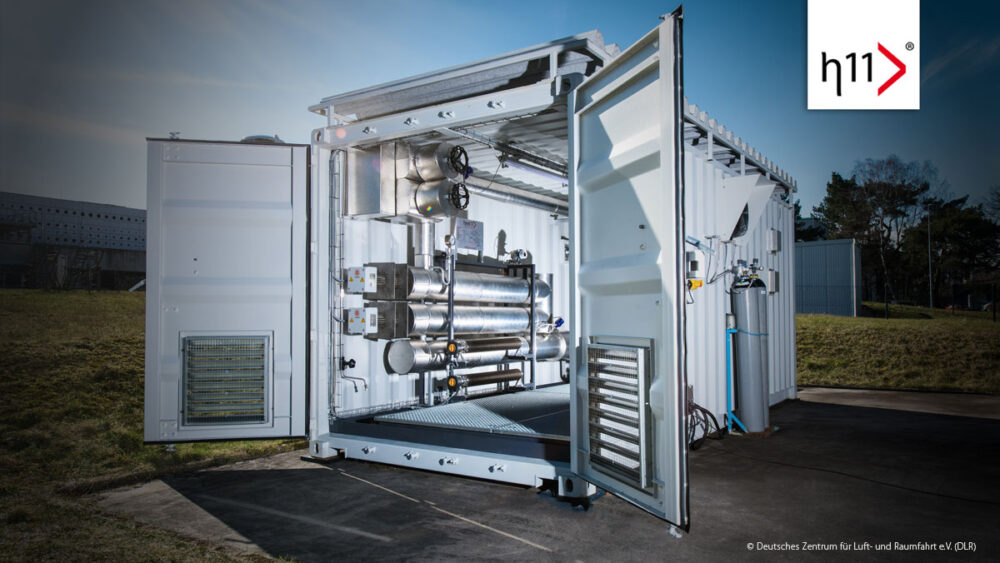
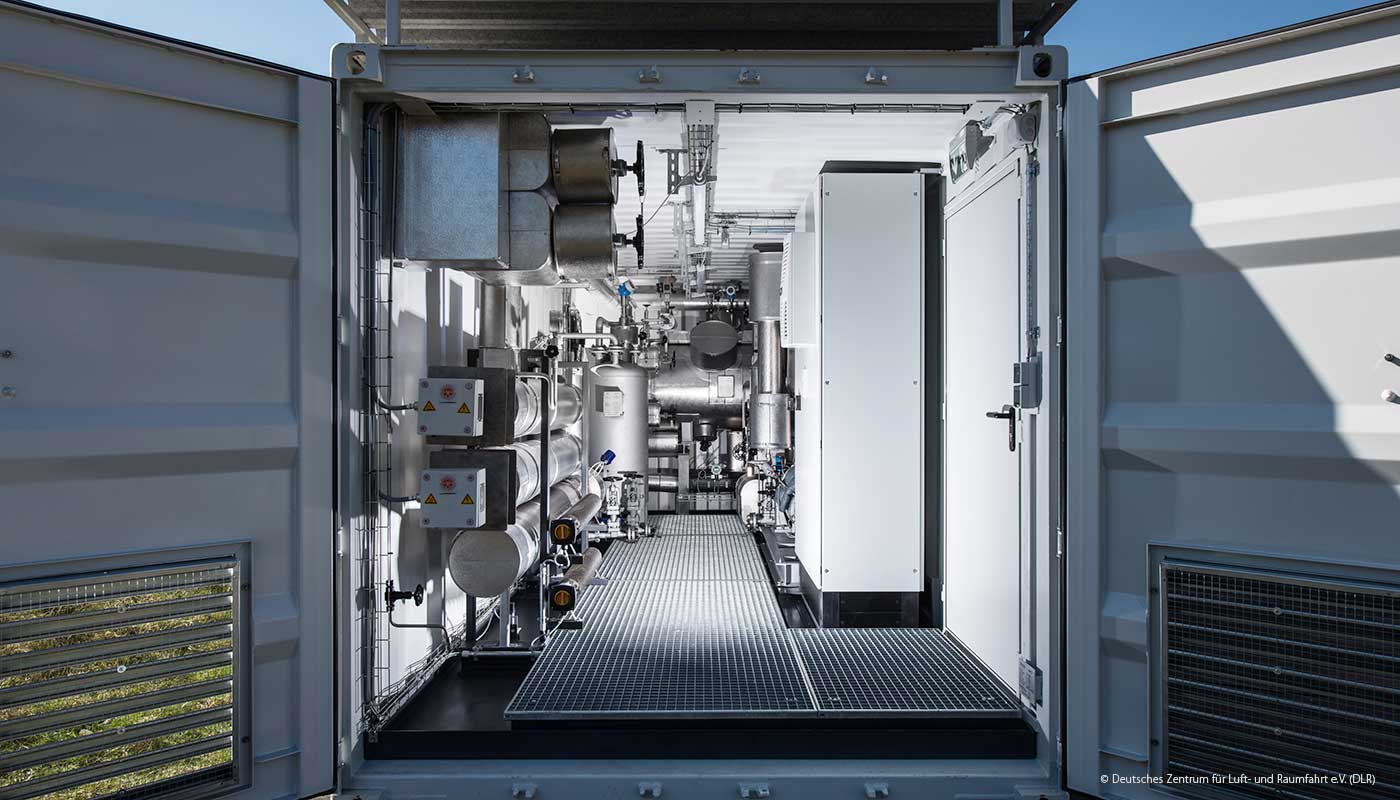
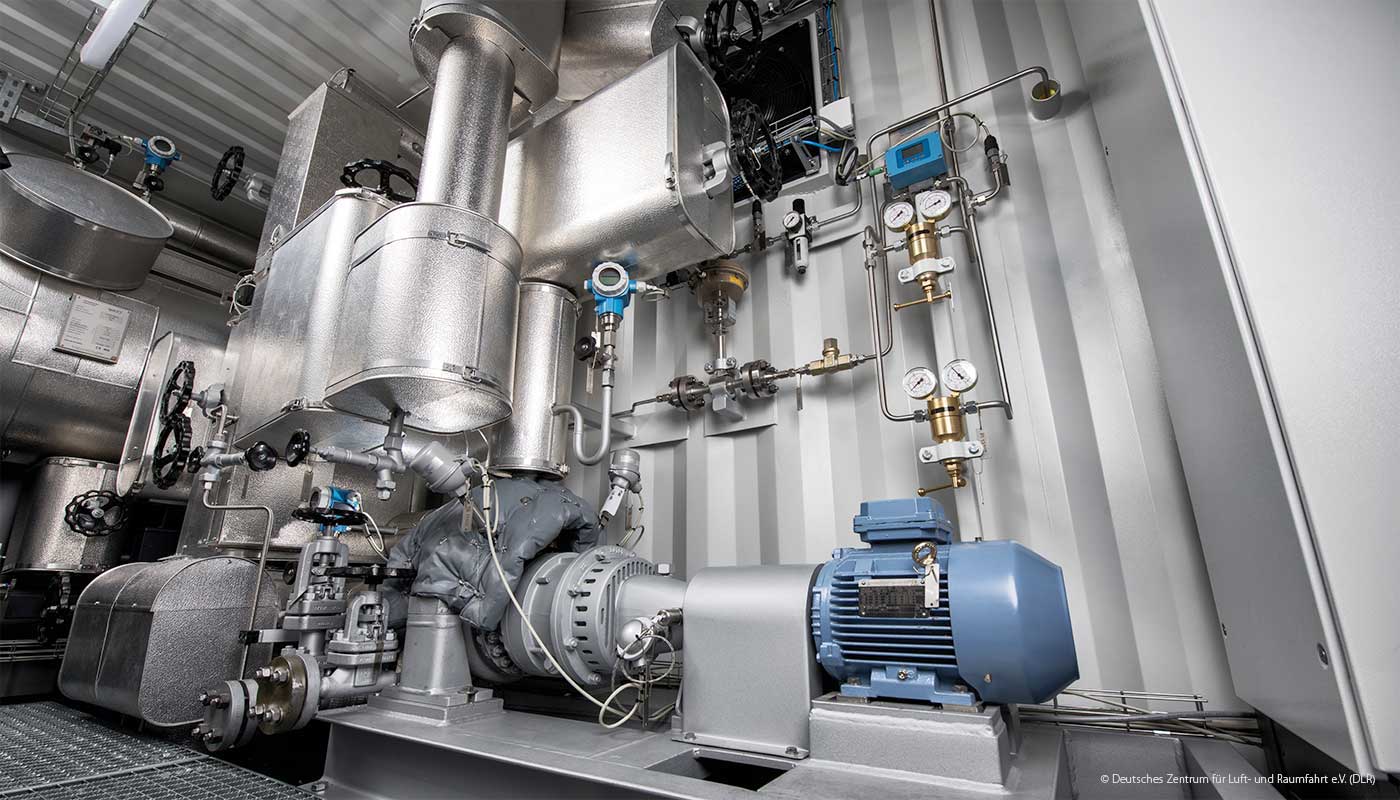
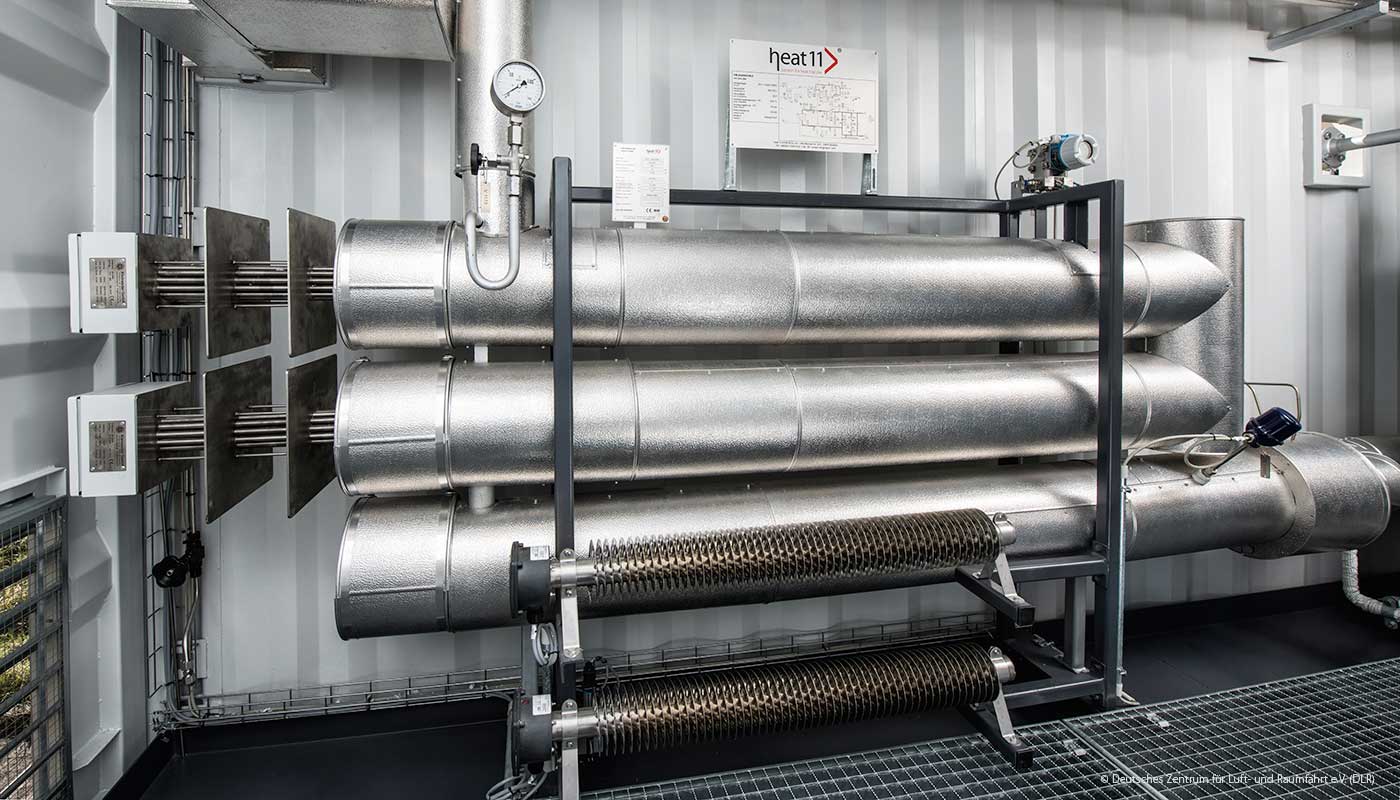
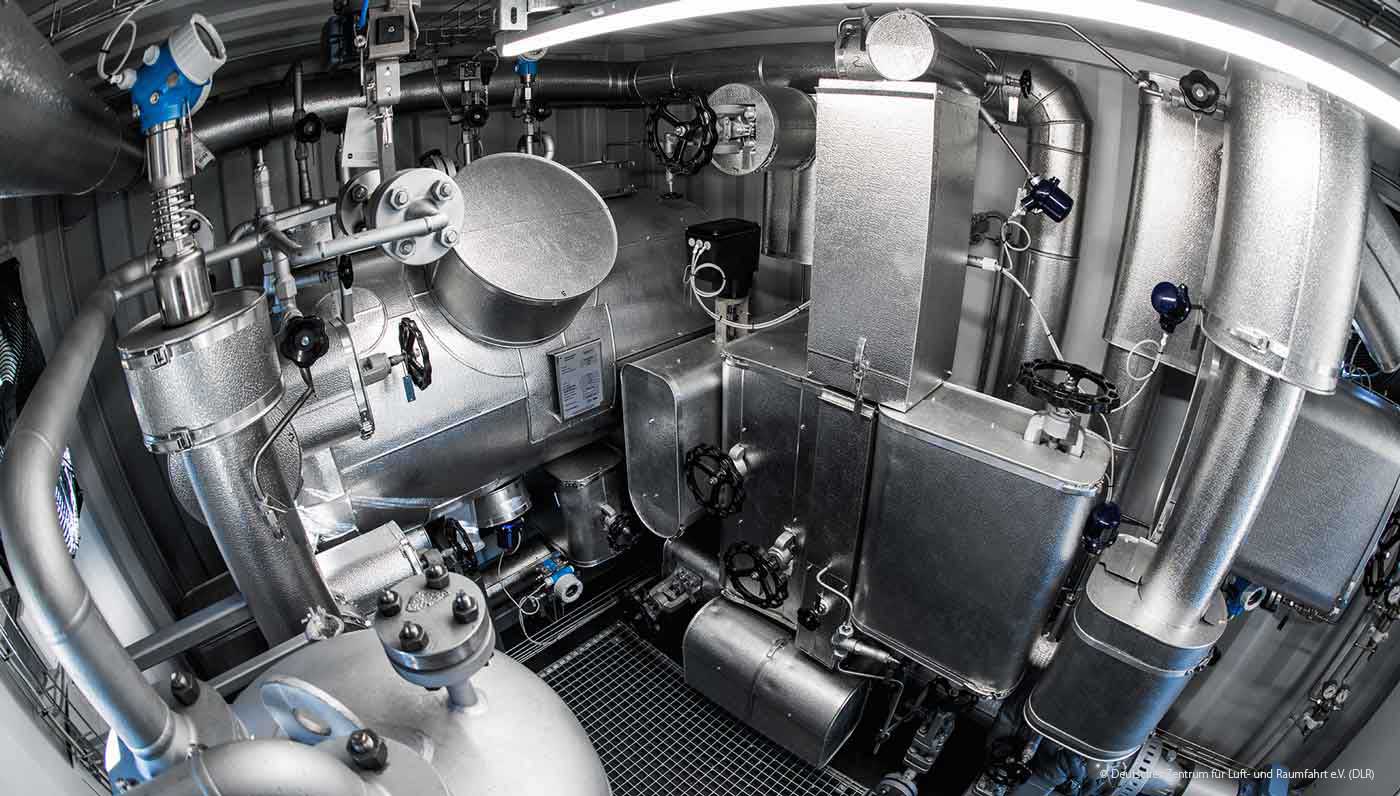

Comments are closed.